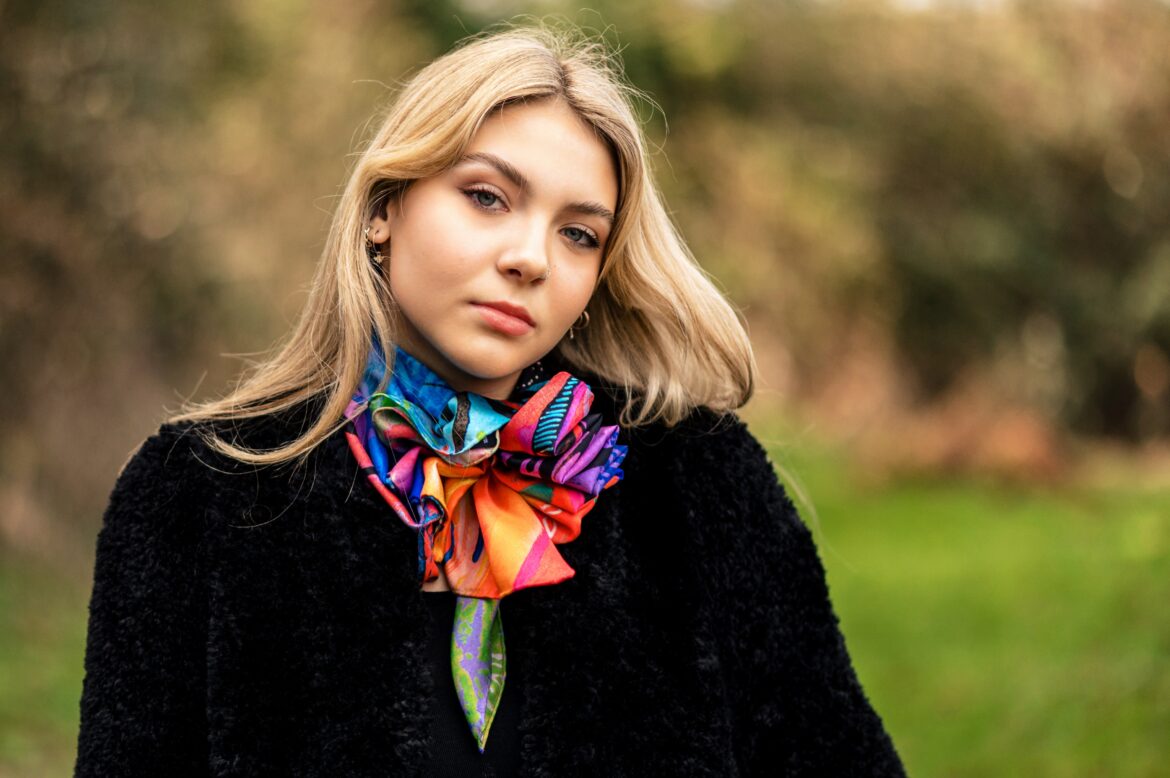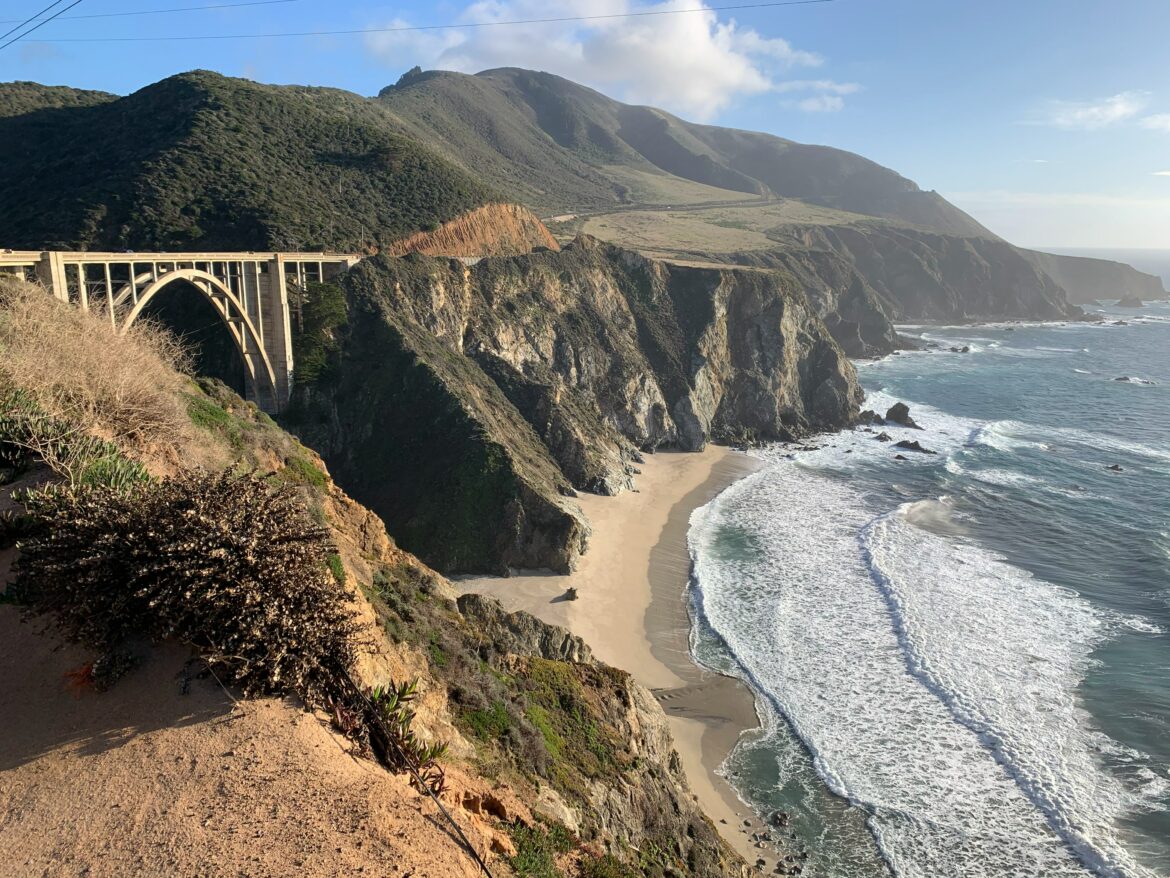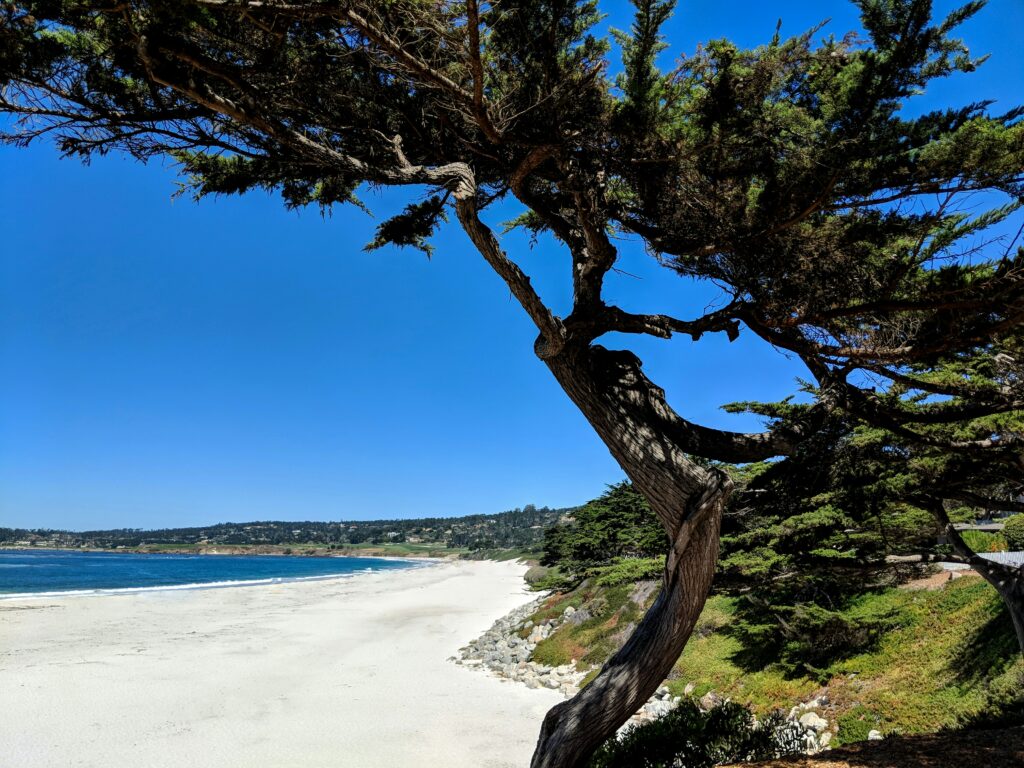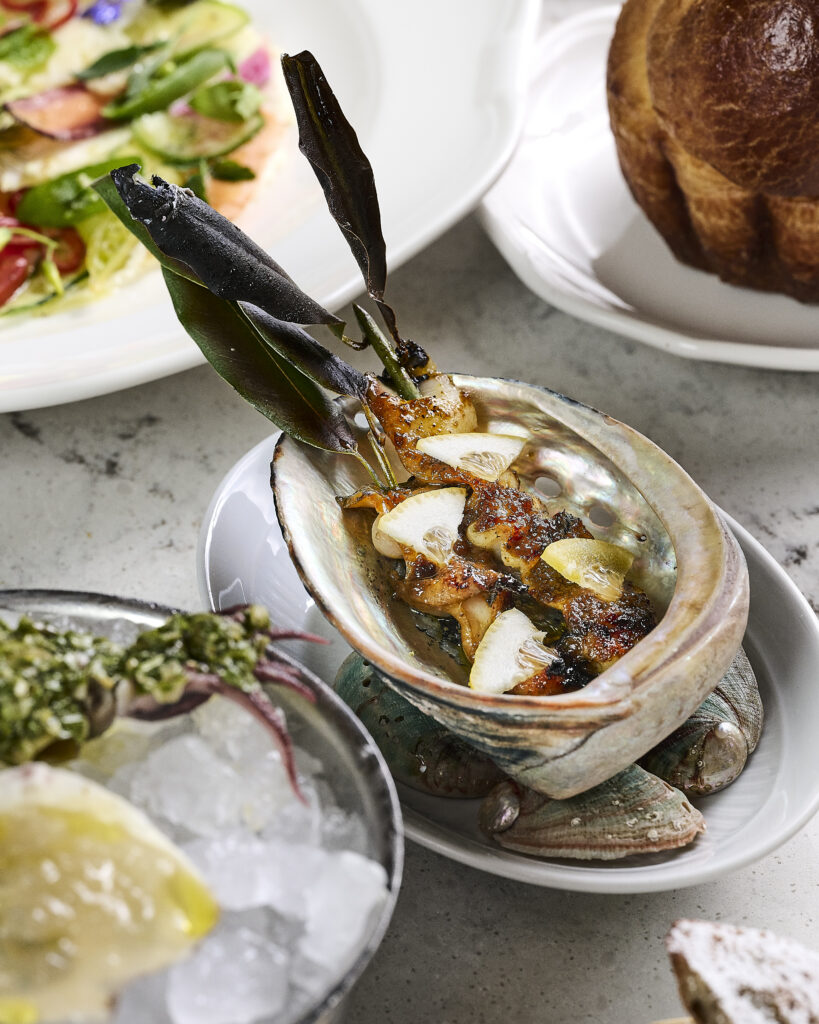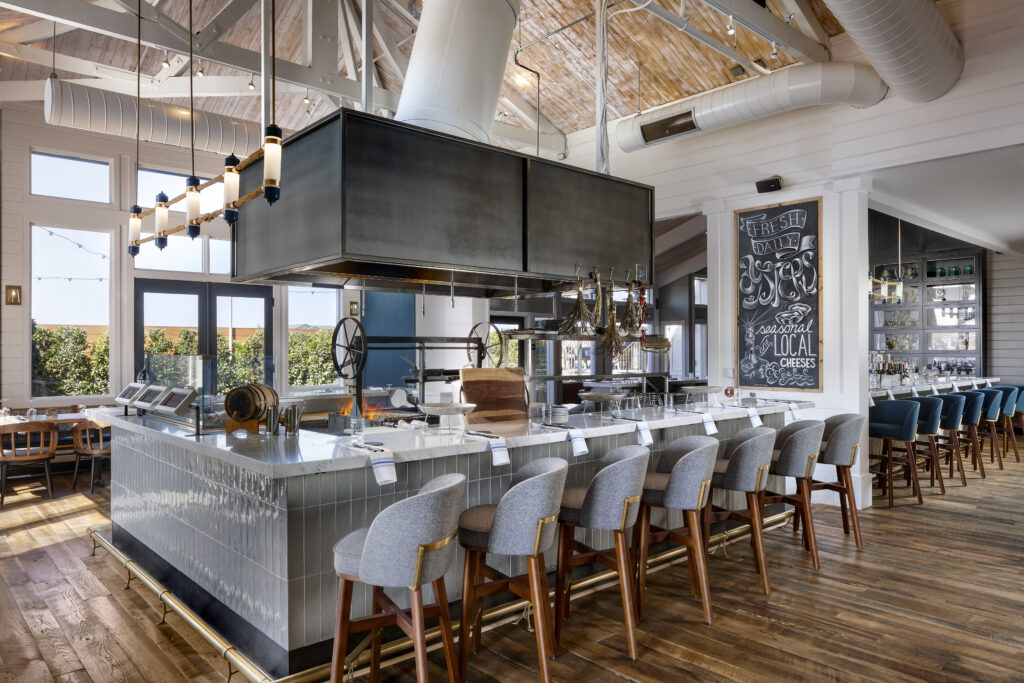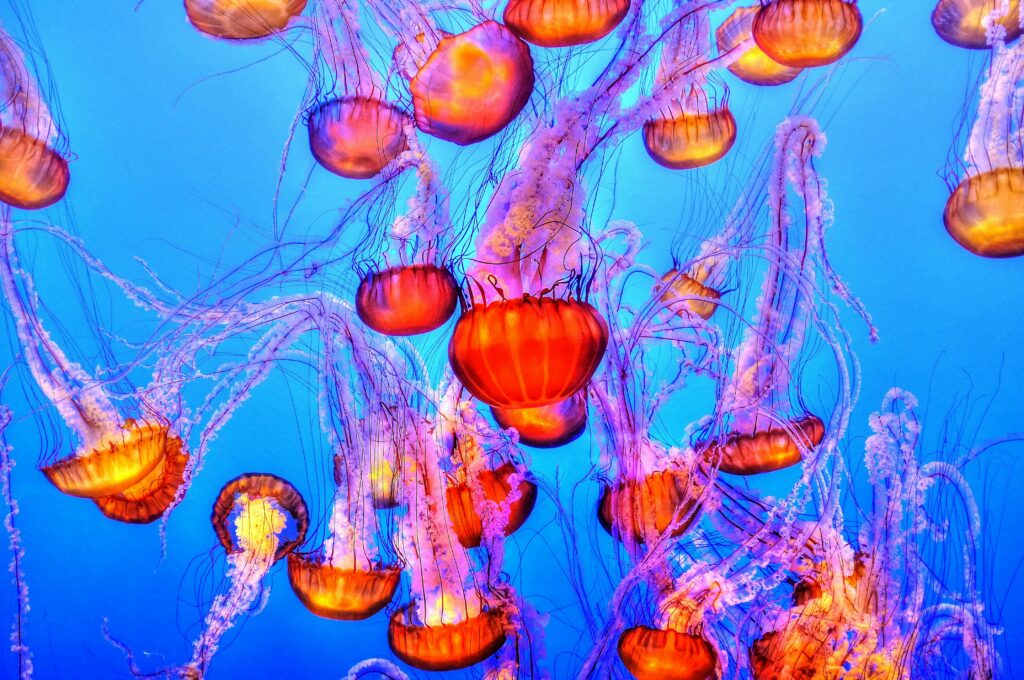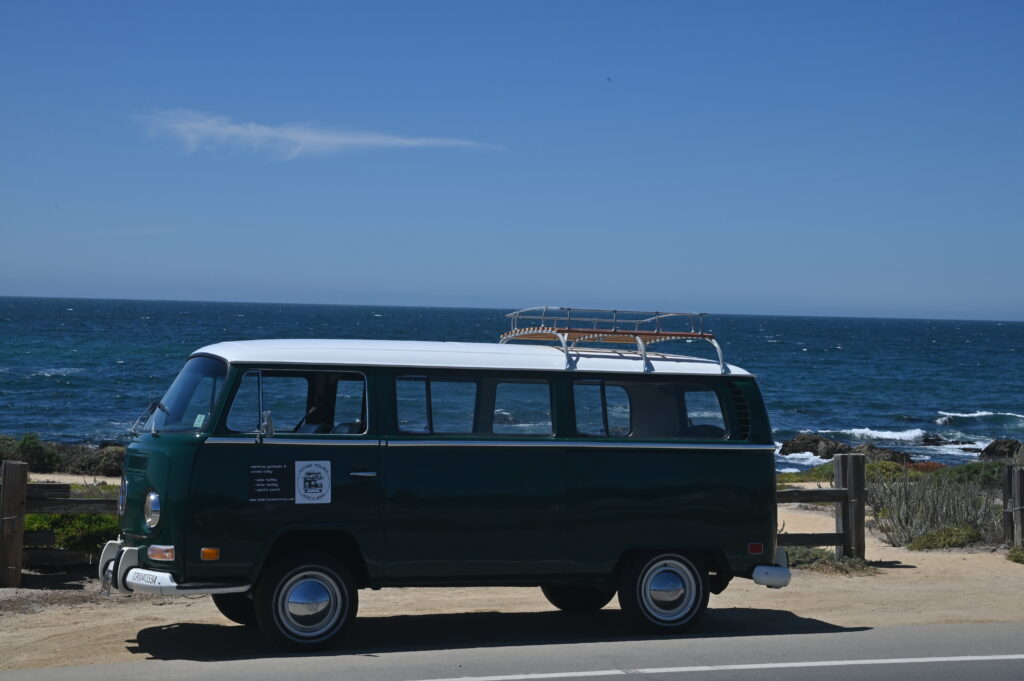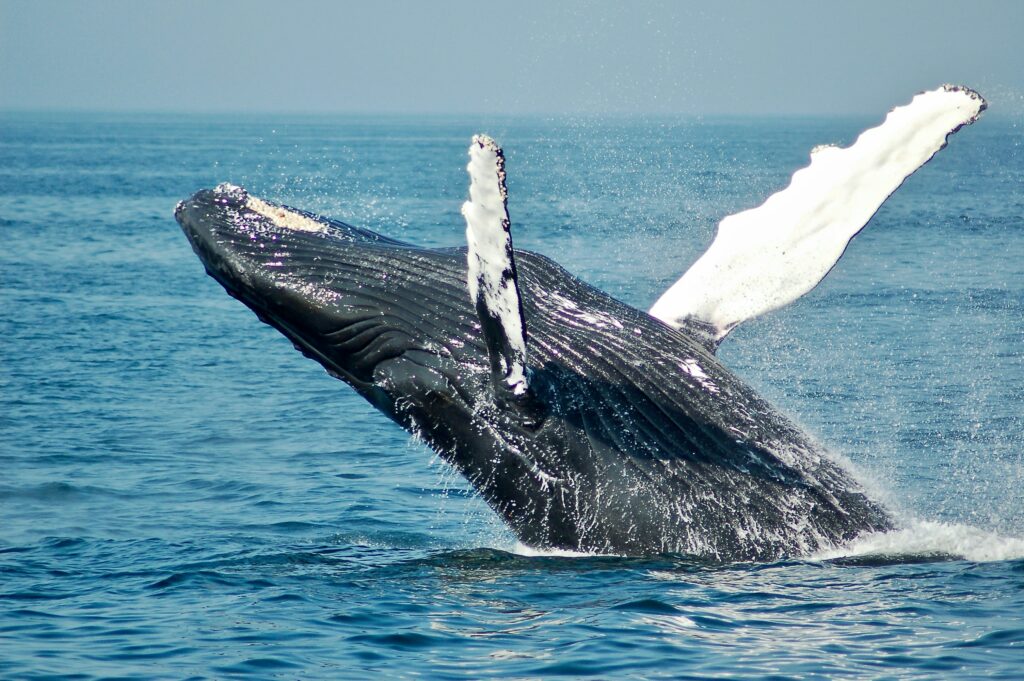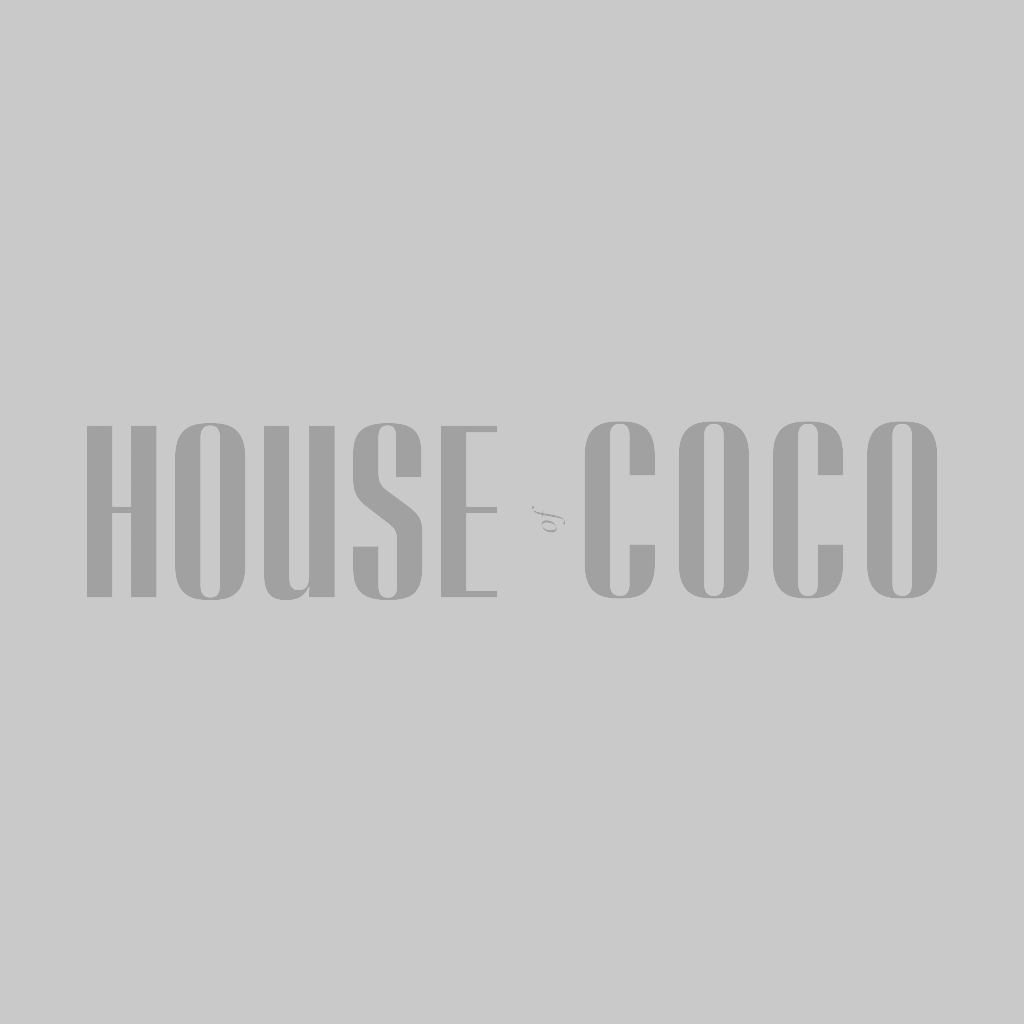Step into the world of Holly Kennedy, where colours dance like sunlight on water, and nature’s beauty is immortalised on canvas. With each stroke of her brush, Holly weaves a tapestry of emotions, drawing inspiration from the vibrant hues and intricate textures of the botanical world.
As the sun pours through her window, illuminating her workspace, Holly gathers her tools of creation—paints, inks, carving tools, and oil pastels—each one a gateway to her artistic vision. Memories of Kew Gardens, with its magnolias in bloom and cherry blossoms floating on the breeze, infuse her work with the essence of springtime.
Starting with a blank canvas of Fabriano paper, Holly lets her intuition guide her, selecting colors that speak to her soul. She draws upon the patterns and textures of flowers and foliage, carving them into lino blocks to be printed and repeated with ease.
Layer by layer, Holly builds her masterpiece, exploring the interplay of ink and oil pastel, creating depth and dimension with each stroke. The viscosity of the inks, the softness of the oil pastels—it’s a symphony of textures, a dance of light and shadow.
But Holly’s art doesn’t end with the canvas. Each painting is transformed into a digital file, ready to adorn silk scarves, leather accessories, and even fedora hats. It’s a fusion of art and fashion, a celebration of individuality and expression.
For Holly, painting is more than just a creative outlet—it’s a journey of self-discovery, a path to tranquility and contentment. And as her ink-stained hands bring her visions to life, she can’t help but smile, knowing that she’s captured a moment of beauty that will last a lifetime.
Join us as we delve into the world of Ink & Silk, where every brushstroke tells a story, and nature’s palette is brought to life in vibrant technicolor…
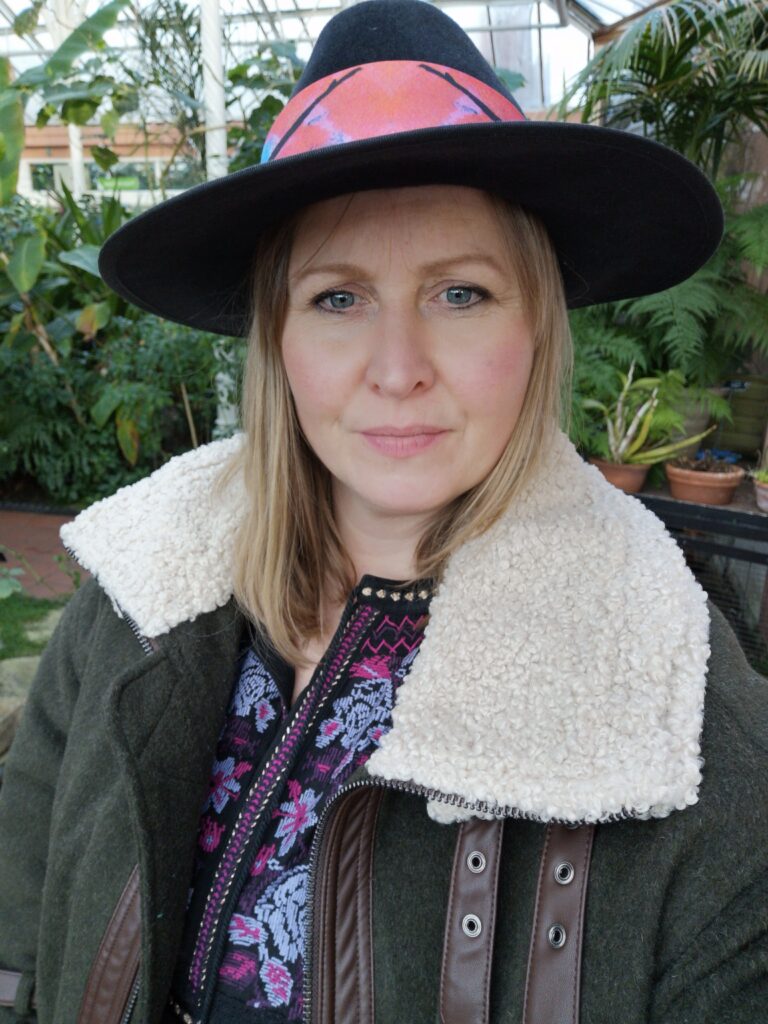
Can you walk us through the journey of how Ink & Silk came to be? What inspired you to start designing and printing your own fabrics?
As a milliner, I was looking for a unique fabric to trim and line my hats, something distinctive. Being a painter by nature, I decided to delve deeper into abstract botanical painting. Ink & Silk was born when I began printing my paintings onto silk twill and designing other silk products I could create with my prints.
You mentioned being inspired by flowers and foliage. Can you tell us more about how nature influences your creative process and the designs you create?
Living near Kew Gardens in Chiswick, just over the river, I became a member at Kew and found myself visiting sometimes twice a week. Each visit was different due to the varying seasons and the vastness of the gardens. My father, a landscape gardener, often taught me the names of flowers, and I frequently found myself drawing them.
What do you hope people feel or experience when they interact with your artworks and designs?
Well, I think that is the beauty of art; people can feel whatever they want, and everybody’s reaction or response is different. One thing I have realised is the impact colour can have on mood. I want to bring a splash of colour into people’s lives.
How do you approach the process of capturing the vibrant hues and textures of nature in your paintings and fabrics?
I often spend time visiting botanical gardens, capturing shapes and forms by sketching as a starting point. Before I start working on large Fabriano paper with acrylic inks, paints, handmade stencils, handmade lino cuts, oil pastels, and ballpoint pens, I choose my palette and mix paints. I focus on colour, mark-making, and abstract interpretations of the botanical world around me.
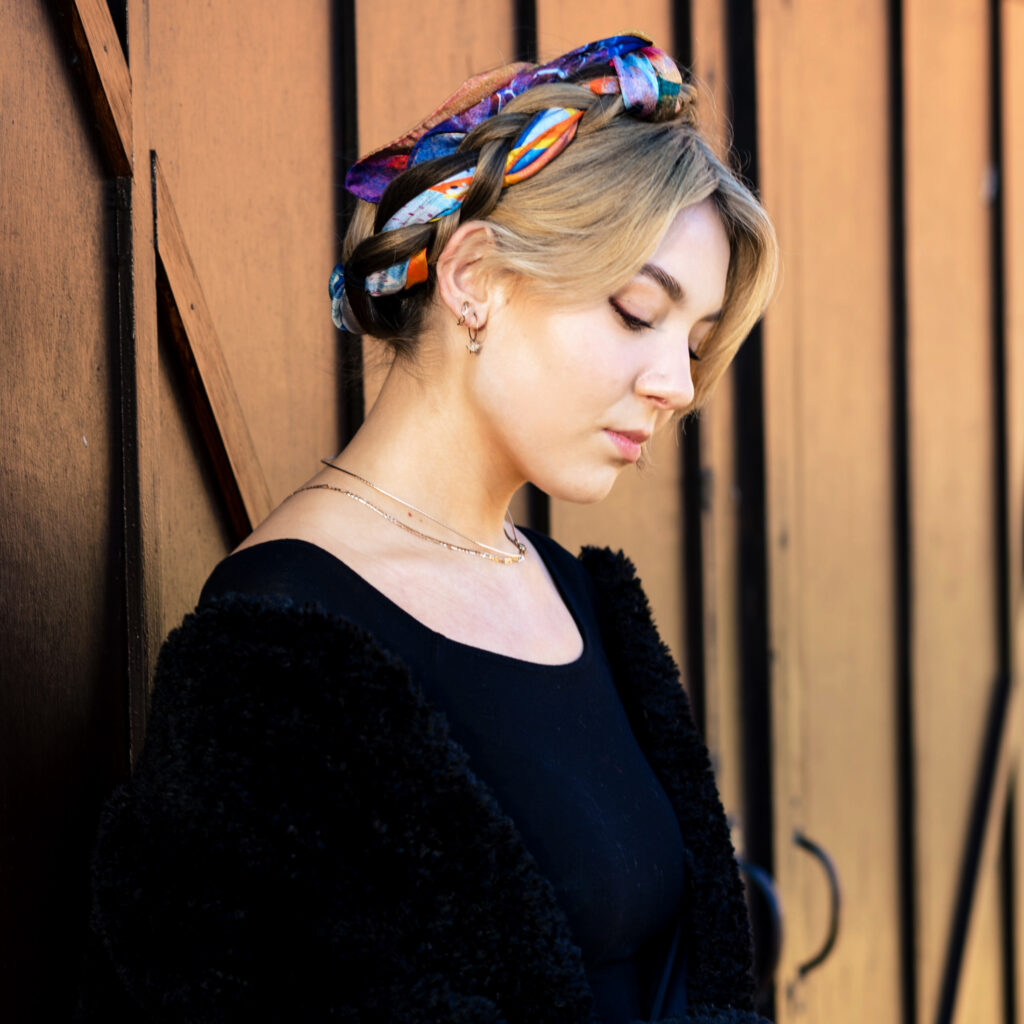
How do your background in illustration and interactive media inform your work as a painter and milliner?
With a background in illustration and interactive media, I feel I have a rich and diverse skill set that enhances my work as a painter and milliner. Aspects such as storytelling, colour theory, and various digital skills all help navigate the complexities of running a small creative business.
Can you describe your experience apprenticing and studying millinery with Noel Stewart and working for Piers Atkinson? How did this influence your artistic journey?
I was first trained by Noel Stewart while studying on his Millinery course at Kensington and Chelsea College. He was such a skilled and creative milliner to learn from. Then, spending the next months apprenticing with him, I met Piers Atkinson, whom I then went to work for as a Milliner.
Piers Atkinson was truly inspirational for his unwavering commitment to his own artistic vision, and I believe it’s through working with him that I’ve developed the courage to follow my own artistic path.
How has being a mother influenced your creative process and the direction of your career?
Becoming a mother has made me more focused with the time that I get to spend creating. It has also made me less concerned with what people think, so it has been quite liberating.
What challenges have you faced in balancing motherhood with your artistic pursuits, and how have you overcome them?
Finding time to create is often scarce when you have young children, so it has forced me to become more focused and productive when I do find those free moments. I have found that gardens are great places to take the children, and while they play, I simply sketch, which is the start of the creative process for me.
How do you stay inspired and motivated in your creative practice, especially during challenging times?
Painting for me is my stillness and soul expression, a space filled with tranquility and contentment, and therefore a sanctuary in challenging times. The same is true of hat-making; I find it a meditative practice where many hours can pass unnoticed.
What advice would you give to aspiring artists and designers who are just starting their journey?
Starting on a path as an artist or designer takes time, dedication, and perseverance. Consistently practice your craft and hone your skills, and most of all, believe in yourself and your art.
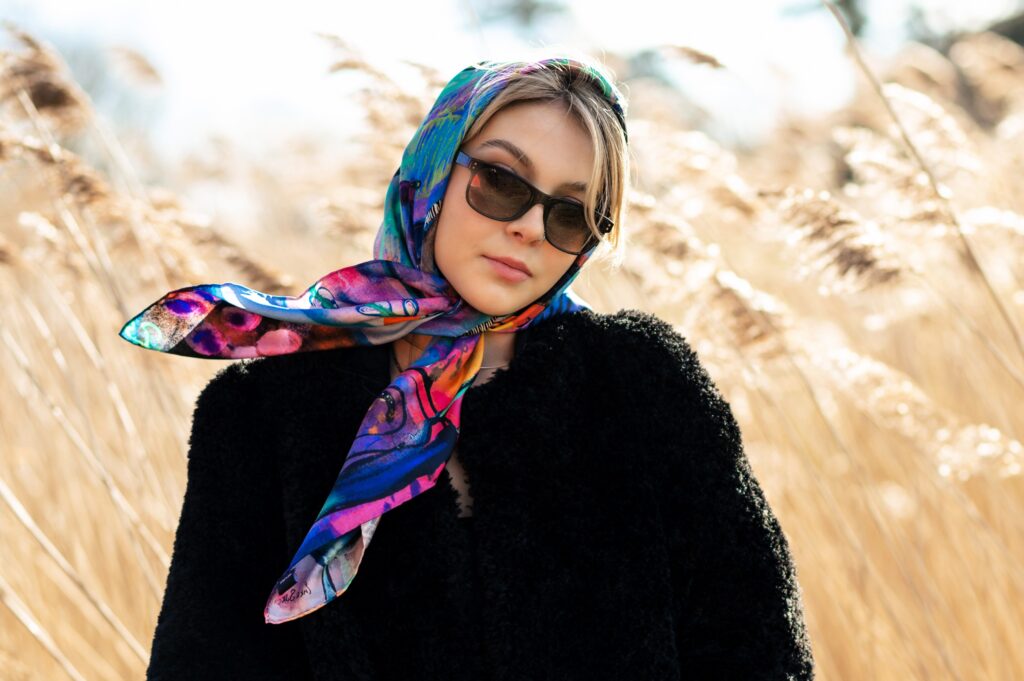
Can you discuss the significance of colour in your art and how it contributes to your overall aesthetic?
Colour has always been my emotional expression. Sumptuous hues soothe my soul and excite my eyes, like a magical dusting of happiness. The desire to create my own designs for fabric comes from this feeling.
What impact do you hope to have with your art and designs on individuals and the broader community?
I design my pieces for the confident and stylish individual who values quality and uniqueness. All my products are made in England because quality and sustainability are important to me.
What role does experimentation play in your creative process, and how do you approach trying new techniques or mediums?
I am always exploring different ways of creating marks and textures, from finding dried seed heads and plant stems to paint and print with, to exploring how oil interacts with acrylic ink and the textures that ensue. I love the viscosity of ink to work with, how it flows and saturates the paper, interacting with other marks and paint that come across its path as it spills forth a flood of feelings.
Our readers love to travel; what destination is at the top of your bucket list?
I would love to travel to Japan in springtime to experience the cherry and wisteria blossoms coming into bloom. I imagine it to be an extraordinary sensory experience.
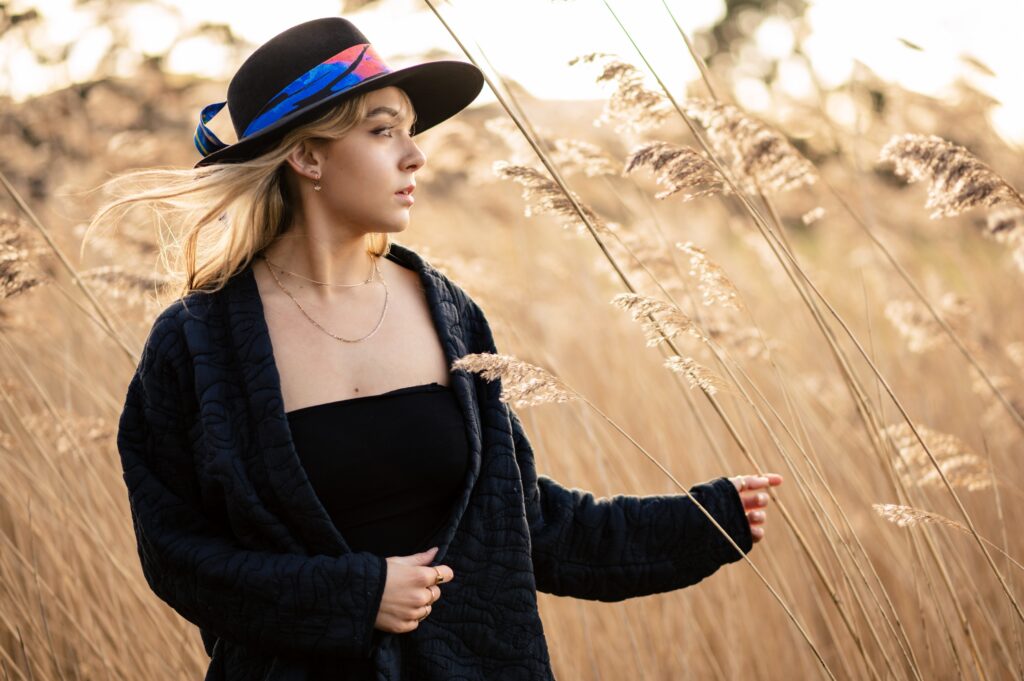
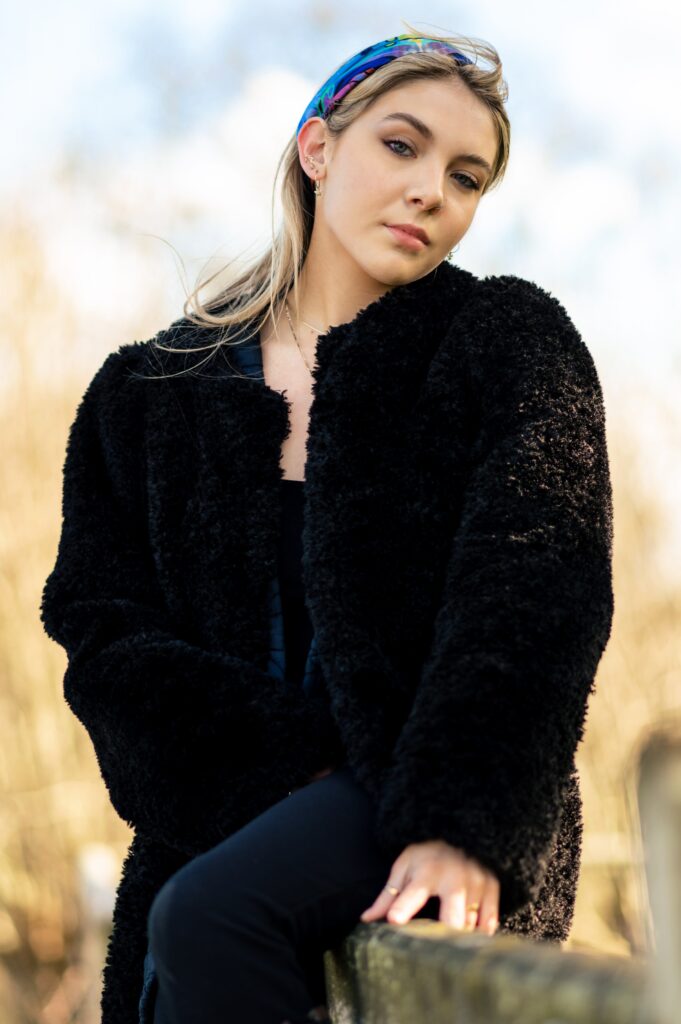
What’s your go-to quote when you are lacking motivation?
“Don’t wait for inspiration. It comes while working.” – Henri Matisse
Finally, what brings you the greatest joy and fulfilment as both an artist and a parent?
I love seeing someone wearing one of my hats or silks and witnessing the pleasure when a customer finds a piece that is a perfect match for their personality or a perfect gift. As a parent, I feel such happiness when my children are being their natural creative selves, seeing them create whether it’s on paper or in imaginary play, showing me how unhindered they are in their creativity, to which I can only aspire.
As we bid farewell to this captivating journey through the world of Ink & Silk with Holly Kennedy, we invite you to continue exploring her vibrant creations and delve deeper into her artistic vision.
Follow Holly on her creative odyssey by visiting her website, where you can immerse yourself in the beauty of her handcrafted silk scarves, leather accessories, and more.
But the adventure doesn’t end here.
Join us on House of Coco, where we celebrate the extraordinary stories of artists, designers, and visionaries from around the globe. Discover more inspiring tales and uncover hidden gems that ignite your imagination and fuel your passion for creativity.

